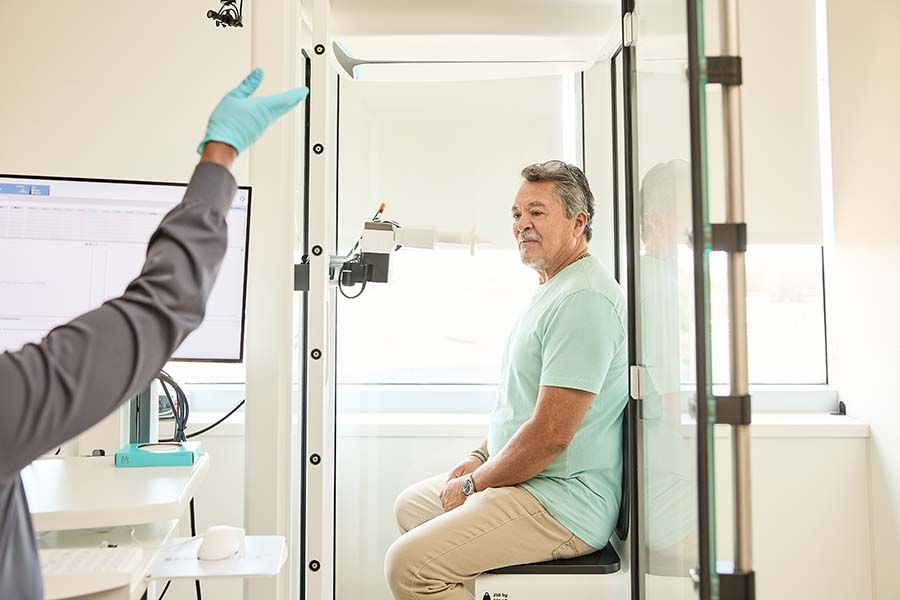What Is Benign Paroxysmal Positional Vertigo (BPPV)?
BPPV is the sudden sensation that you're spinning or that the world around you is spinning. Episodes are brief (lasting seconds) and usually triggered by changes in head position such as getting in and out of bed. Dizziness can be accompanied by nausea or vomiting. BPPV is one of the most common causes of vertigo and although symptoms are bothersome, BPPV is rarely serious with the exception of dizziness increasing the chance of a fall. You can read the Plain Language Summary of BPPV from the American Academy of Otolaryngology—Head and Neck Surgery Foundation here.
If you have signs or symptoms of BPPV it is important to see your doctor, as many of the symptoms could be a result of other illnesses.
What Causes BPPV?
The inner ear has otolith organs that use crystals to sense changes in head position. These crystals may become dislodged, causing a sensitivity to head position changes that the ear would not normally respond to. Typically, there's no known cause for the dislodgment of crystals, although it is often associated with head trauma, or illnesses that damage your inner ear.
How Do I Prepare for My Appointment?
To prepare for your appointment you should make a list of your symptoms. Be sure to note how long symptoms last, what triggers your symptoms, and if you have had a recent illness or blow to the head. Also, be sure to know the doses of all medications, vitamins and supplements you take and how often you take them. This information will aid in the diagnosis of your dizziness.
What Tests Should I Expect?
You should expect to have your hearing tested (audiometry) to assess how well you detect speech and sounds at different pitches and volumes. Your doctor may look for signs of dizziness that occur when you lie on your back with your head turned to one side. If the cause of your dizziness is difficult to determine your doctor may order a variety of balance tests such as videonystagmography (VNG), vestibular evoked myogenic potentials (VEMP) and/or electrocochleography (ECoG) to help rule out other conditions that cause vertigo.
What Treatments Are Available?
BPPV may go away on its own within a few weeks or months. But, to help relieve BPPV sooner, your doctor, audiologist or physical therapist may treat you with a series of movements known as the canalith repositioning procedure to move the crystals back to the otolith organ. Your doctor will likely teach you how to perform the canalith repositioning procedure independently, so that you can do it at home if necessary.

